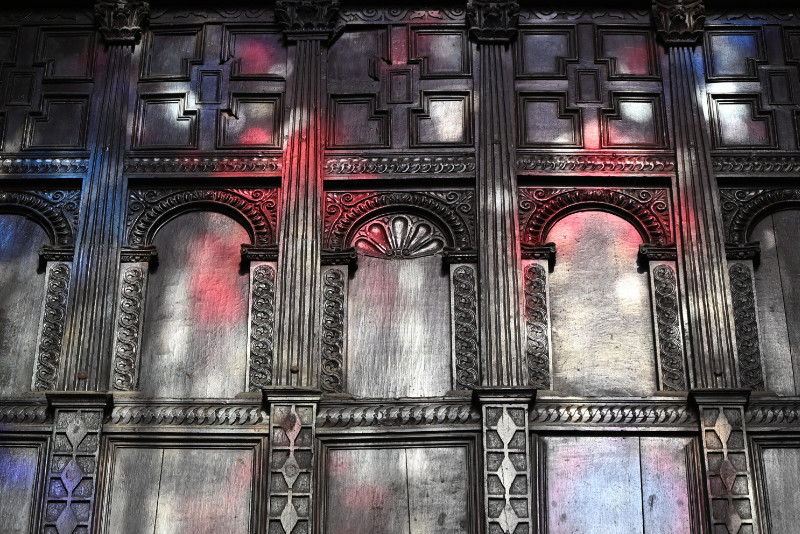A bird that gets down a chimney can be a real problem, especially if the fireplaces that use the chimney have been blocked: then the bird becomes trapped. If the fireplaces are still open and in use a different problem can arise, namely the bird, covered in soot flying around the room. Consequently many chimneys are fitted with bird guards. These come in different designs. The best, often the least attractive, do not allow the bird to perch on the chimney. Others, including the example shown in the photograph, have a more interesting shape but do not prevent perching. This example, near my house, is actually a favoured perch regularly used by house sparrows, starlings, blackbirds, jackdaws, carrion crows, magpies, wood pigeons and collared doves, with the occasional sparrowhawk that also uses it.
My photograph was taken against a stratus covered sky and is black and white to make the most of the silhouette effect.
photo © T. Boughen Camera: Nikon P900



















